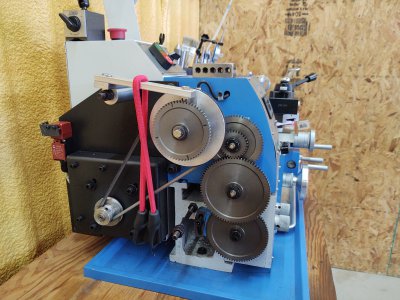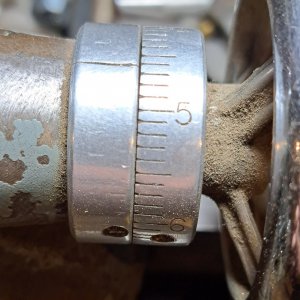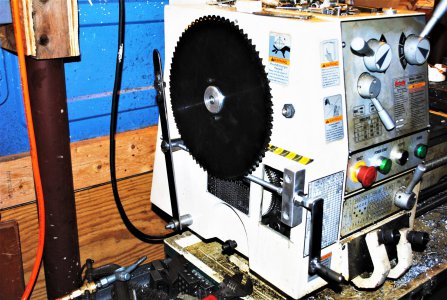I haven't used a cog, but I have used the change gears from the lathe for indexing on the lathe. Mounted on an expanding mandrel that fits the back end of the spindle. I've found the 60 tooth gear particularly useful as one can index 2,3,4,5,6,10,12,15,20, 30 and 60 hole patterns with it. Works great. See Below...
View attachment 429997
Granted the bungee cord is a little crude, but it works.
Would I do this rather than use a rotary table or dividing head on the mill? The obvious answer is that I did not have a mill, rotary table or dividing head at the time.
There are still situations in which I might find that approach preferable. I've encountered situations where I would prefer to produce a bolt circle at a specific point in the order of operations, but would also like to keep the part on the lathe to ensure concentricity for subsequent operations....
-Pete




